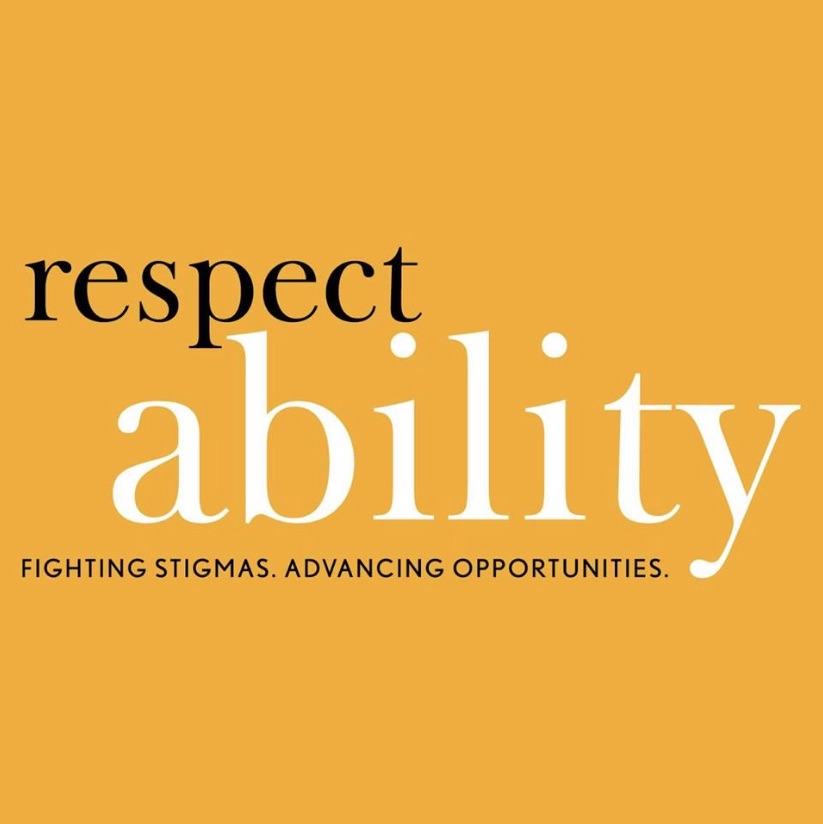 Screenshot from Facebook.
Screenshot from Facebook. You won’t find the phrase “civic engagement” in the Torah, and yet it’s almost impossible to imagine Jews as anything other than engaged citizens. A people that feels charged with being a light unto the nations and repairing the world has never been shy about fighting for justice in the wider world.
It is perhaps no surprise, therefore, that a recent survey by the Pat Brown Institute (PBI) for Public Affairs at Cal State Los Angeles of 1800 Jews in California, almost 80% had signed a letter or petition at some point about a political issue, almost 60% had communicated directly with an elected official, and 45% had attended a rally or protest. Equally unsurprising, if heartening is that 87% of Jews surveyed found that working for justice and equality in our society was important or essential to their Jewish identity. That’s even more than the number who assigned similar importance to identifying with Israel.
This conviction has biblical roots, with notable figures like Zelophehad’s daughters petitioning Moses for their rights of inheritance as women. In fact, petitioners to Moses were so numerous that Jethro, his father-in-law, had to teach him the virtues of bureaucracy.
As we evolved as a people, this concern moved from self-interest to an interest in justice in society. Whether it was the praying legs about which Rabbi Abraham Joshua Heschel wrote upon his return from Birmingham, the Jewish policy wonks who hosted the drafters of the Civil Rights Act in the Religious Action Center in Washington, or those at the forefront of political actions today, where there has been a political fight for justice, there have been Jews.
I write today not only to share data, but to harness that passion in a new fight for justice. A recent national poll of 200 voters by RespectAbility, an organization that fights stigma and advances opportunities for people with disabilities found that 70% of Americans across the political spectrum describe themselves as more likely to support candidates who want to expand job and career opportunities for people with disabilities. Despite this enthusiasm, the employment rate of people with disabilities in Los Angeles ranks lower than that of the lowest ranked state, West Virginia, at less than 23%, more than 14 points below the national average. Our policies and practices, well-intentioned though they may be, are out of date and chaotic, with much to learn from top performers like the Dakotas and other states, or Montgomery County Maryland, where employment for people with disabilities is over 50%.
This is a fight for justice to which I think we Jews everywhere are called to pursue in the finest Jewish tradition. After all, Maimonides taught us that the greatest tzedakah we can do is to help a person achieve self-sufficiency.
You may be wondering what you can do. You may be wondering what you can do. October was National Disability Employment Awareness Month, but we need to focus on these issues’ year around.
In October, RespectAbility sent letters to every governor on these topics. More than a dozen states acted as a result. We also sent letters to every elected official serving LA city or county with a number of suggestions. Two of the most resonant are ones that you might consider. We suggested that elected officials could create a true “Employment First” system for youth with disabilities that breaks down silos and advances collaboration so more people with disabilities have jobs. We referred them to Florida where they have tremendous job growth for people with disabilities.
Our second suggestion was that they should reach out to local media by writing an op-ed, visiting an inclusive worksite or meeting with press. This will bring public attention to key issues facing your students with disabilities. Raising awareness of successes can change perceptions around disability in the workforce.
These are two of many ways that a civically engaged Jew can advance this issue, whether in Los Angeles, New York or Des Moines, or anywhere with a free democratic civil society. Whatever you do, do something if not now, when?























 More news and opinions than at a Shabbat dinner, right in your inbox.
More news and opinions than at a Shabbat dinner, right in your inbox.